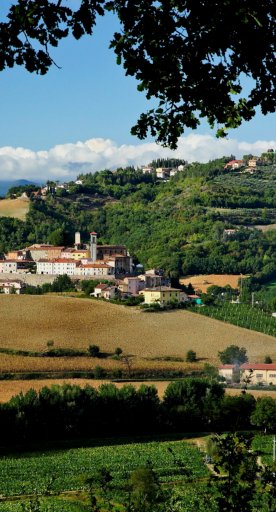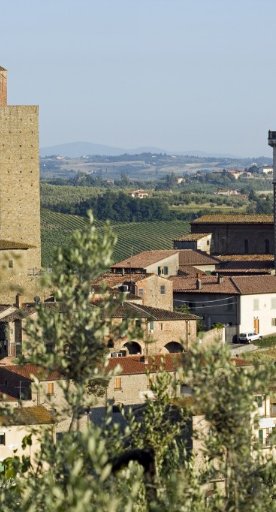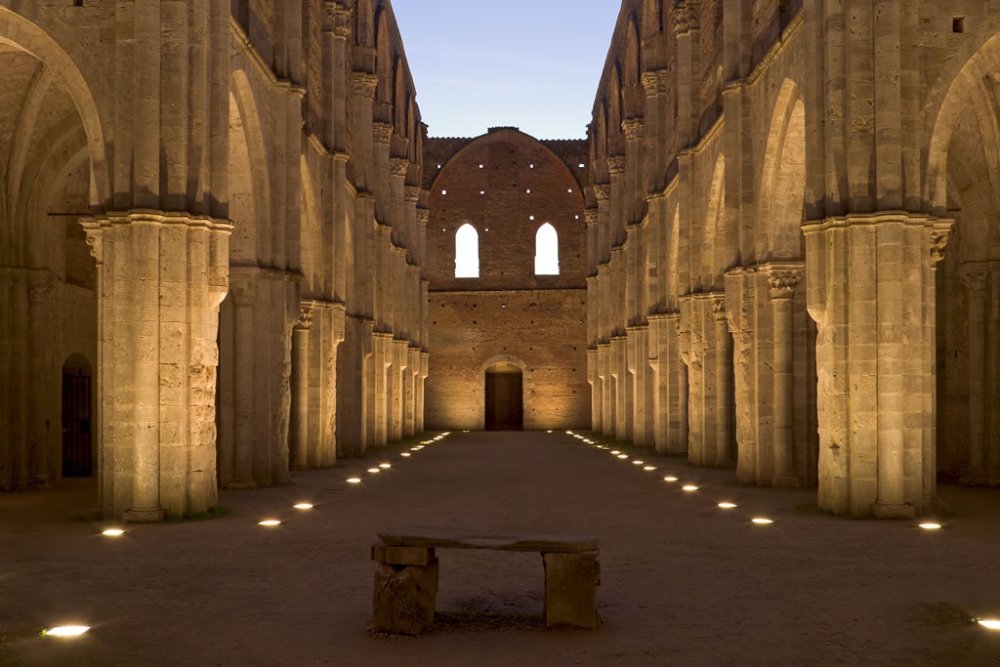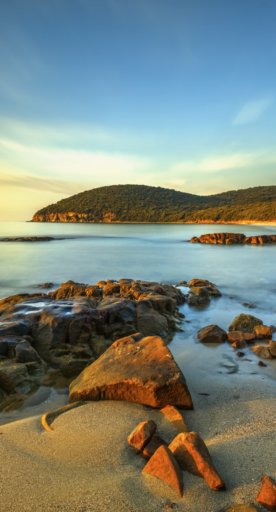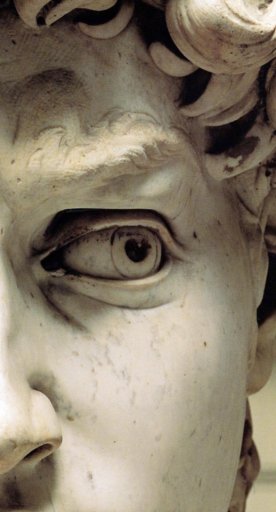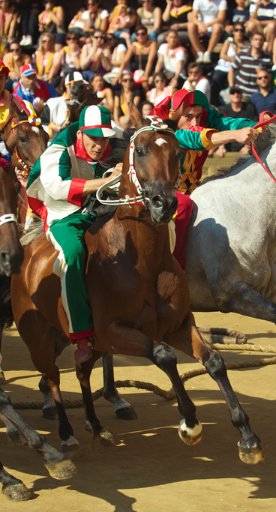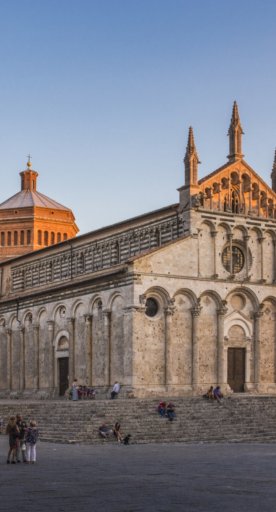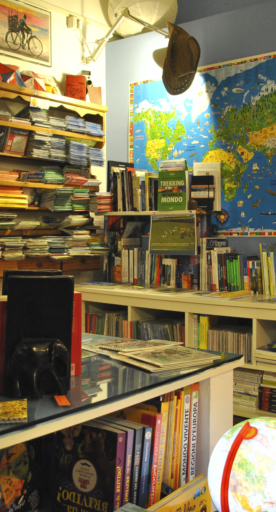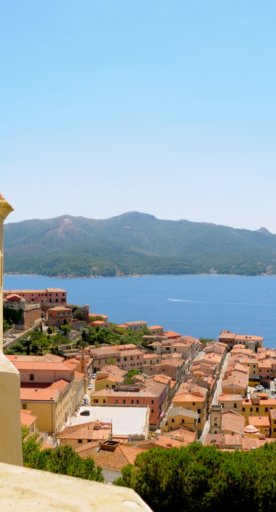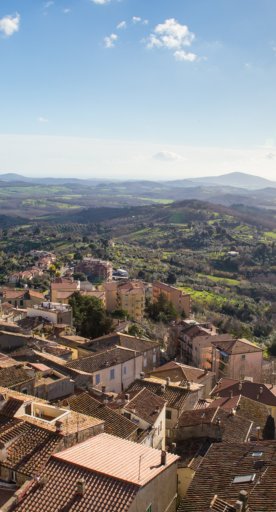

10 museums in the territory of Siena
A wealth of art, history and traditions to visit in the Siena area
-
1.Civic Museum of Archaeology and Sacred Art Palazzo Corboli in Asciano
-
2.San Galgano Civic and Diocesan Museum of Sacred Art
-
3.“Leonetto Comparini” Anatomical Museum in Siena
-
4.Natural History Museum of the Accademia dei Fisiocritici in Siena
-
5.Felice Ippolito National Antarctic Museum in Siena
-
6.Museo della Mezzadria of Buonconvento
-
7.Antiquarium of the Poggio Civitate Archaeological Museum
-
8.Cassioli Museum in Asciano
-
9.Monticiano Biodiversity Museum
-
10.Museum of Historic Grange and Olive Oil in Serre
Civic Museum of Archaeology and Sacred Art Palazzo Corboli in Asciano
Housed in one of the few remaining examples of an urban medieval palatium, the museum preserves valuable 14ᵗʰ-century frescoes (Seasons Room and Aristotle Room) in addition to collecting works illustrating the evolution of Sienese art from the Middle Ages to the 17ᵗʰ century, with masterpieces by Duccio di Buoninsegna, Ambrogio Lorenzetti and others. There are then important Etruscan and Roman artifacts from necropolises in the area.
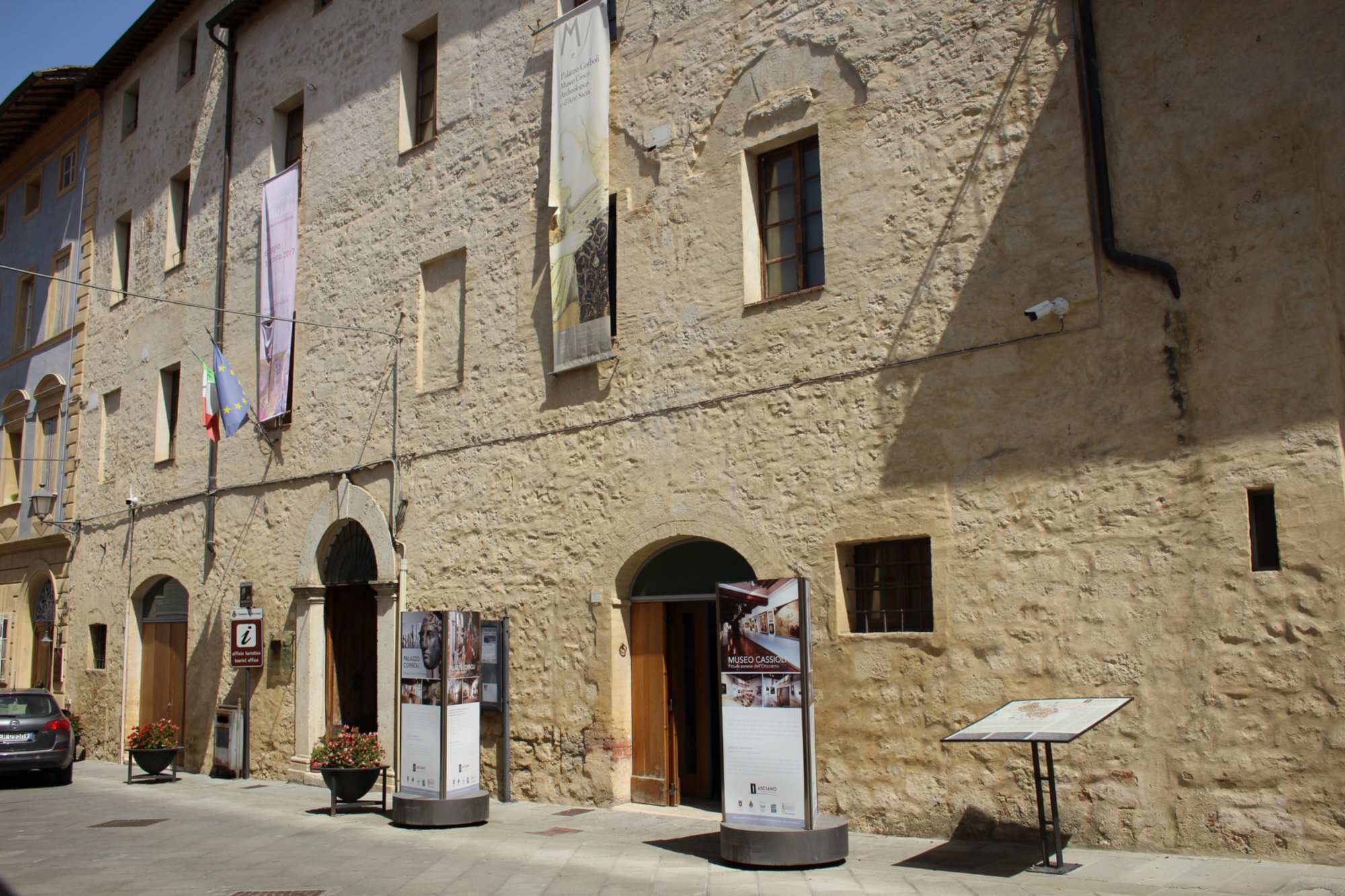
San Galgano Civic and Diocesan Museum of Sacred Art
In the historic center of Chiusdino, this museum preserves sacred works from local churches, with paintings on wood and canvas, bas-reliefs, reliquaries and liturgical objects. One standout is the Madonna and Child by Niccolò Segna along with two bas-reliefs dedicated to Saint Galgano. One section is dedicated to the figure of the saint, with the precious reliquary of his Holy Head.
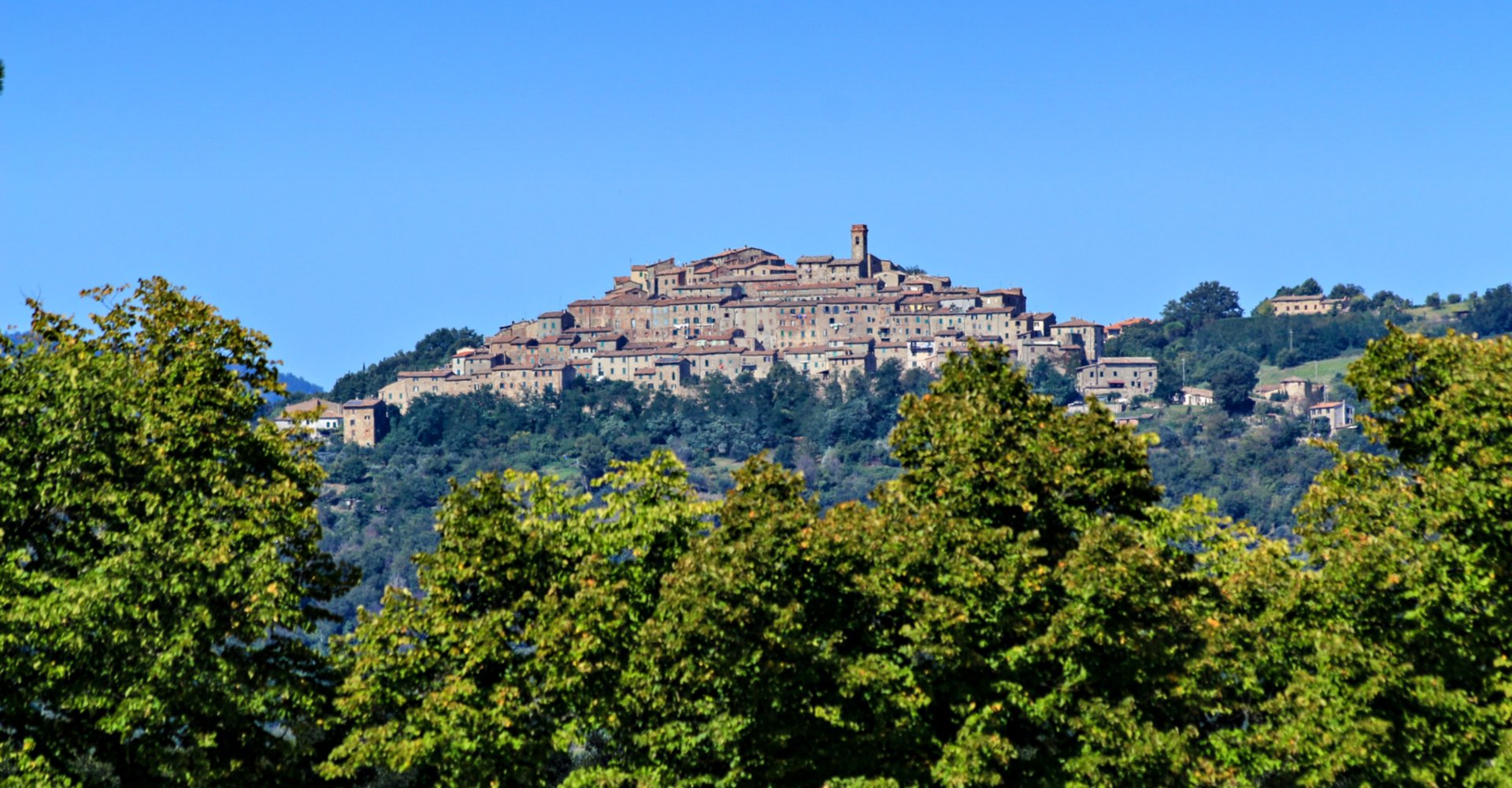
“Leonetto Comparini” Anatomical Museum in Siena
Located in a building that retains the atmosphere of a 19ᵗʰ-century institute of human anatomy, the museum houses a rich collection of historical anatomical studies. On display within the rooms are fetuses, organs, skulls, wax models and period scientific instruments, offering a fascinating journey through the history of medicine and anatomical education.

Natural History Museum of the Accademia dei Fisiocritici in Siena
Set up in a former Camaldolese Monastery, it retains its 19ᵗʰ-century layout and houses zoological, geological, botanical and anatomical sections. The hallmark of this museum is a massive 50-foot-long baleen whale skeleton. In the basement, an archaeological section reproduces an Etruscan tomb, with urns from Asciano and Val d’Orcia.

Felice Ippolito National Antarctic Museum in Siena
A unique museum chronicling exploration and scientific research in Antarctica, it houses over 20,000 rock, fossil and meteorite samples, among the most important collections in the world. The pathway includes sections on geology, biology, glaciology and paleoclimate, with multimedia and interactive experiences for all ages.

Museo della Mezzadria of Buonconvento
Located on an old farm, it tells the story of the local peasant civilization and the sharecropping (mezzadria) system, active in Tuscany until the 1960s. The museum has 2 floors with original objects, films, photographs, multimedia stations and talking figures illustrating life in farmhouses. Educational activities for children make the visit engaging and educational.
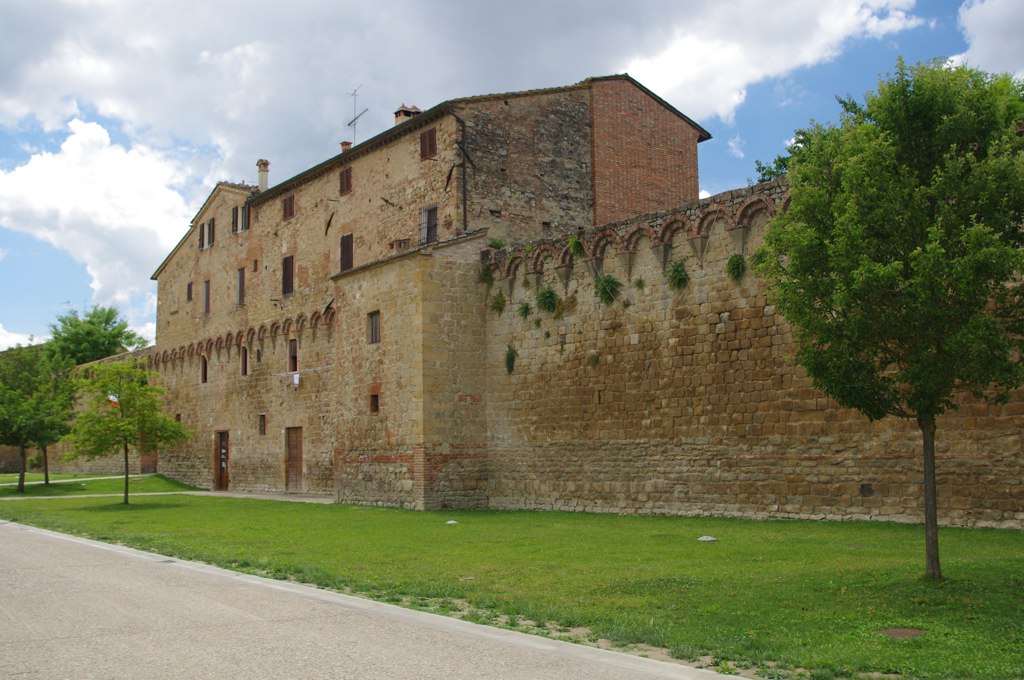
Antiquarium of the Poggio Civitate Archaeological Museum
Housed in the Palazzo Vescovile, it preserves important Etruscan artifacts from the site of Poggio Civitate, where a sumptuous princely dwelling (C. 7ᵗʰ-6ᵗʰ BCE) was discovered. Inside the museum are decorative architectural terracotta materials and unique pieces, such as the famous male statue with sphinx, a rare example of Etruscan fronton decoration.
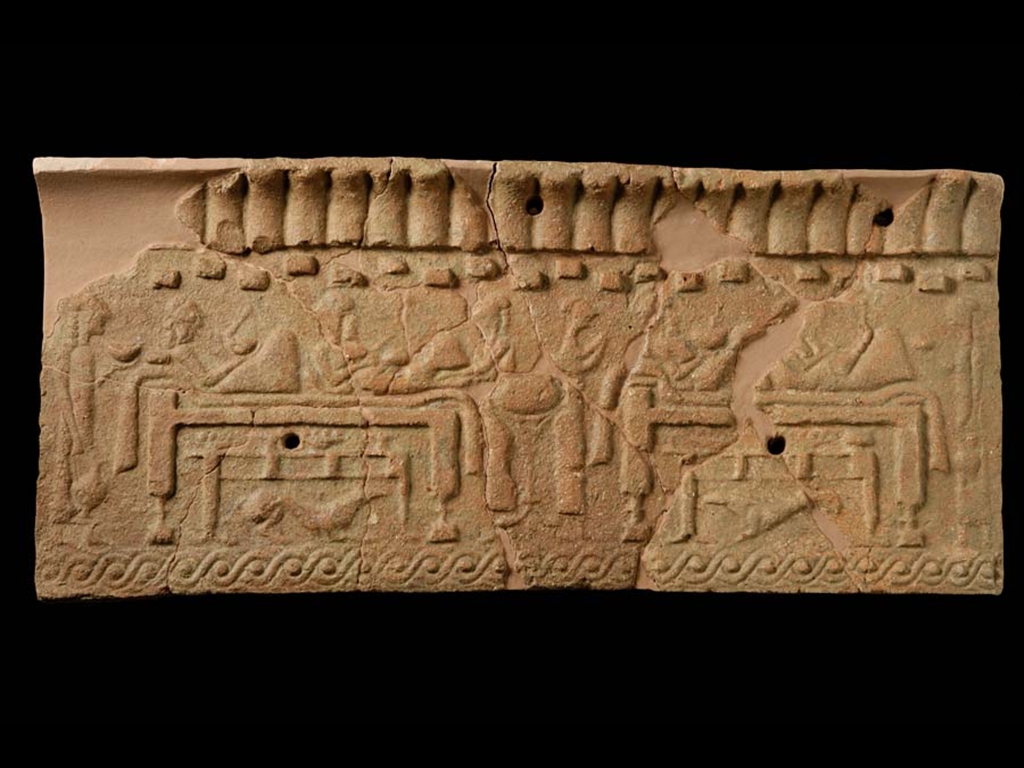
Cassioli Museum in Asciano
Dedicated to painter Amos Cassioli and his son Giuseppe, an eclectic painter, architect and particularly sculptor, the museum constitutes the only one in the province devoted entirely to 19ᵗʰ-century Sienese painting. The 1ˢᵗ part houses works of Sienese Purism, by artists such as Maccari and Banti, while the 2ⁿᵈ tells of the journey of Amos Cassioli, declared “the first among Tuscan portrait painters.” Not to be missed is Giuseppe Cassioli’s sketch featured on Olympic medals, the most widely used design in the history of the Games, from Amsterdam 1928 to Sydney 2000.
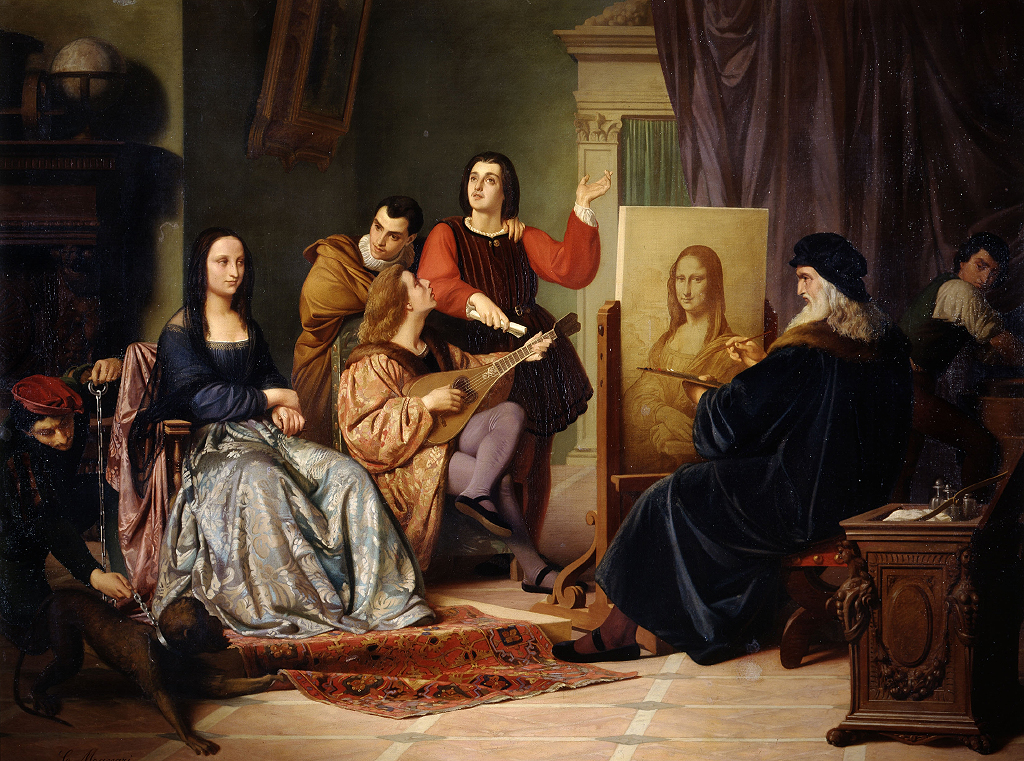
Monticiano Biodiversity Museum
Within the Alto Merse Nature Reserve, the museum explores the value of biodiversity and the delicate balance between man and nature. It offers an interactive tour with models, games and multimedia content, also in collaboration with the WWF for families, schools and visitors curious about the environment.
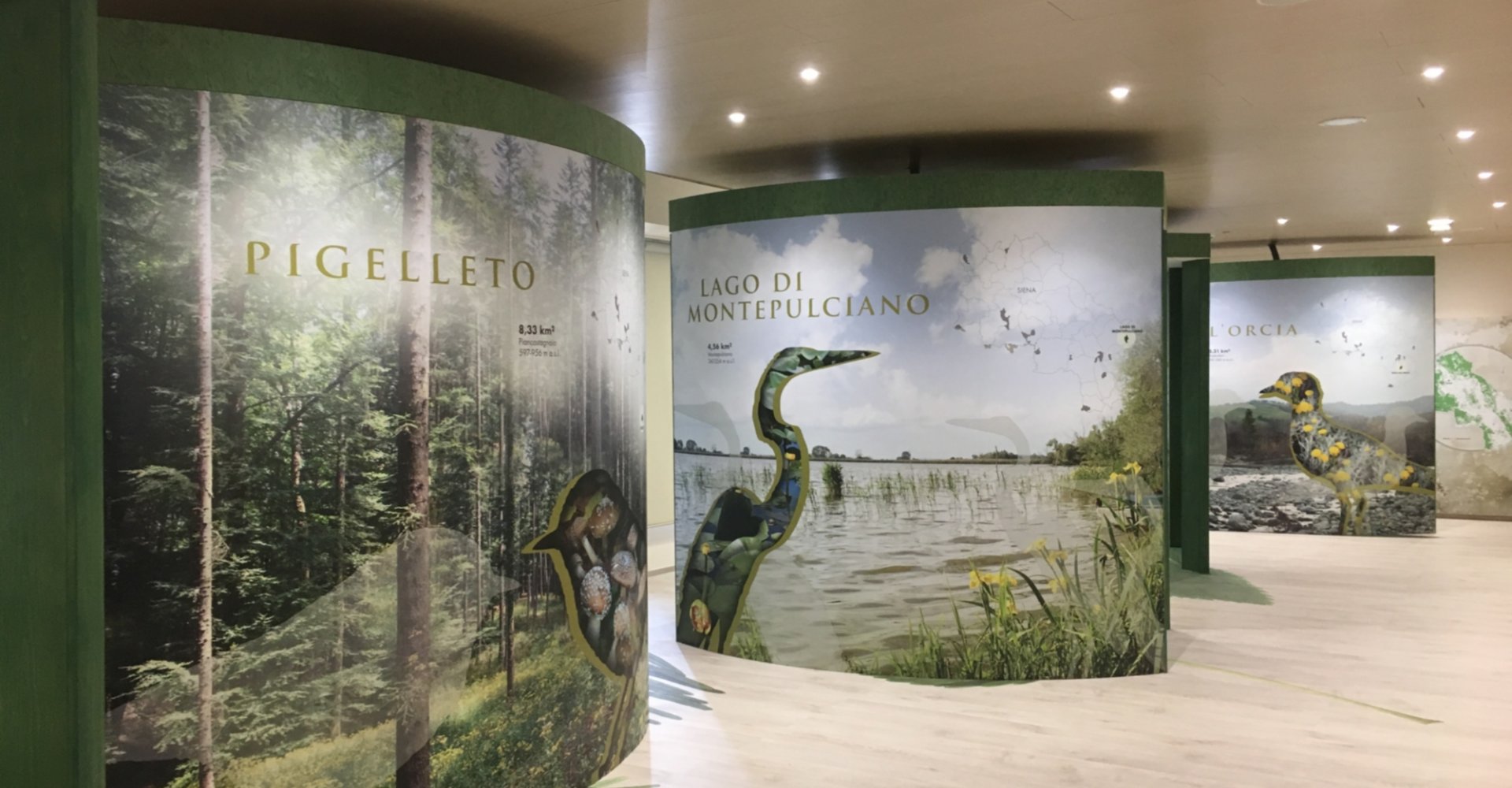
Museum of Historic Grange and Olive Oil in Serre
This museum is located in the Grancia di Serre, a former fortified farmhouse serving the former Santa Maria della Scala Hospital. It chronicles the production of oil, wine and wheat, with a section on olive growing housed in the former oil mill. There is even a Multimedia Documentation Center on the Sienese Grance system.
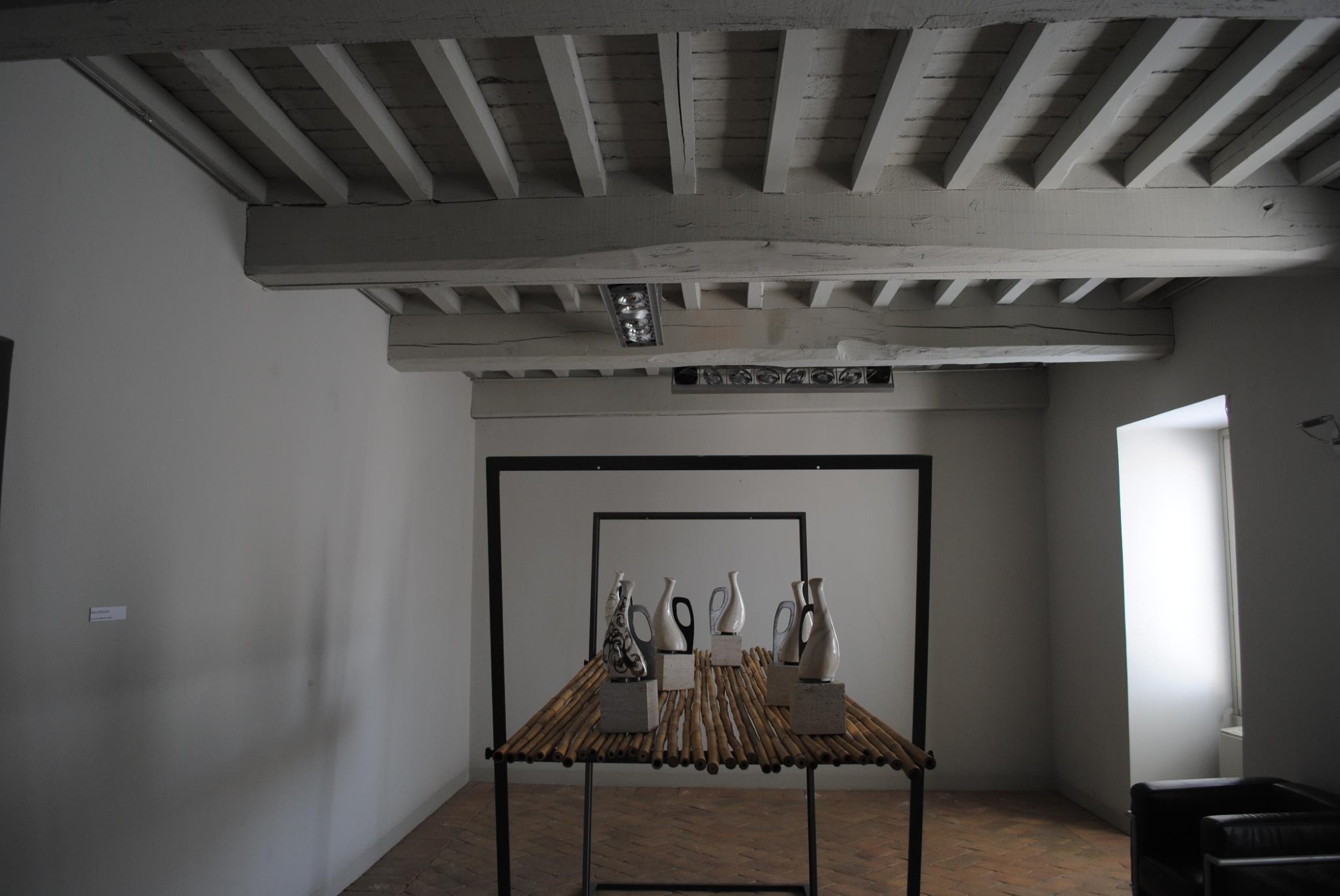
Start your discovery













